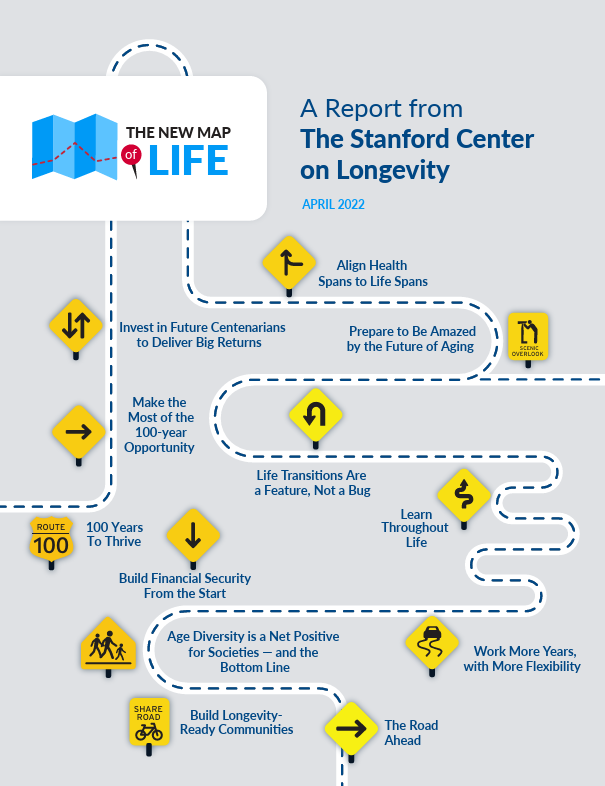The Tulsa community is set to host a significant event addressing the crucial topic of aging well in one’s own home. The Positive Aging In Place Conference, scheduled for June 4th at OU-Tulsa, aims to equip both professionals and community members with the resources and knowledge necessary to navigate the complexities of growing older while remaining in their familiar surroundings.
This free, one-day conference features keynote sessions led by Dr. Frances Wen and Suzy Sharp, promising insightful perspectives on positive aging. Attendees can also choose from a variety of breakout sessions covering essential aspects of aging in place. These sessions include practical guidance on utilizing palliative care, ensuring home safety, navigating estate planning and financial considerations, and understanding advanced healthcare planning. Information will also be provided on programs like PACE (Program of All-Inclusive Care for the Elderly) and maximizing hospice benefits.
The conference underscores a growing awareness of the desire for individuals to maintain their independence and live in their own homes as they age. For those in Generation X, this topic resonates on multiple levels. Many are currently supporting their aging parents through these very challenges, while simultaneously beginning to contemplate their own long-term care and living arrangements. Understanding the resources available and the key considerations involved in aging in place is becoming increasingly relevant for this demographic.
The topics covered, such as estate planning and advanced healthcare directives, are particularly pertinent for Generation X as they plan for their future and the security of their families. Furthermore, the information on palliative care and hospice benefits can be invaluable in navigating difficult conversations and ensuring compassionate care for loved ones.
With a limited capacity of 100 participants and the provision of 6.5 Continuing Education Units for LCSWs and LPCs, the Positive Aging In Place Conference signals a commitment within the Tulsa community to proactively address the needs of its aging population. It offers a valuable opportunity for learning, networking, and gaining practical insights into a topic that will inevitably impact us all.







